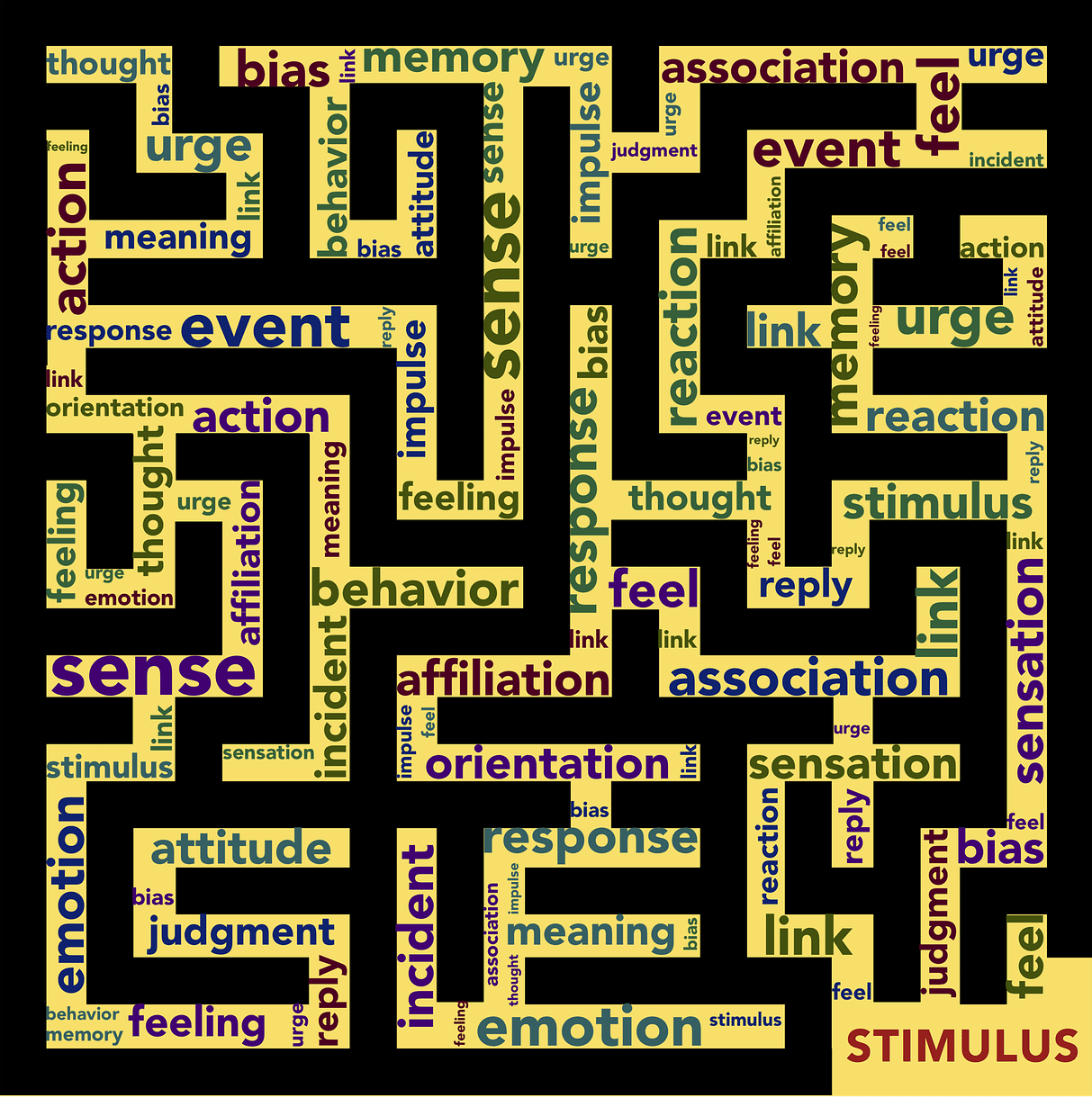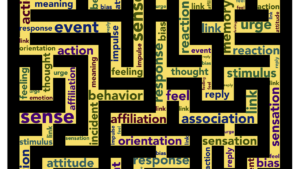Though change can be intimidating, there are healthy ways to stay resilient through the process
We have heard it before, the only constant in business is change. Whether it relates to turnovers, leadership styles, management, place of work, even current events, most leaders will agree, it can either be exhilarating or frustrating.
At the American Seed Trade Association’s (ASTA) Leadership Summit, staying resilient through change is one of the key themes of the conference. While there might not be a one-size-fits-all approach, one thing employees can do to help process change is work with a few tools at their disposal.
“My hope is to provide you with some insights that will help you understand how knowing what your own values are and how creating alignment with them can support you in processing change by making some simple mindset shifts,” says Heather Lowey, a life and leadership coach with Heather Lowey Life and Leadership Coaching.
With different tools, it’s possible to change employees’ mindsets to not only make them more resilient to change but give them solutions on how to deal with the stress that comes with unexpected events.
“I challenge you today to open your mind and think about possibilities to harness your power to live life on your terms — not because it’s what’s familiar,” Lowey says.
To start, one of the most important tools to combat initial, gut reactions to change is by taking a pause and creating some white space for your brain to think. While there are plenty of ways to create this space, Lowey suggests starting with breathing exercises, such as box breathing, to calm yourself and your mind.
“Sometimes power comes through the simplest form of a pause,” she says, adding that small, consistent steps can lead to a build impact and create a better, self-awareness in a chaotic, overwhelming moment. “If you don’t take a pause and get your thoughts together, you can fall into whatever energy that you felt about that situation before you give it your thoughts, feelings and intentions. They can swirl a bit uncontrollably.”

By building in pause to moments, such as before walking into a meeting, tackling a stressful task or before reacting to change, it helps build a better, healthier habit for the future.
Next, another healthy habit to tackle the unexpected comes from taking a moment to process what you’re feeling. Lowey says it helps to break down the moment to understand the logic behind your feelings better.
One easy way she suggests doing this is thinking about it in terms of a thought, then the feeling behind the thought and finally an action to take.
“Pause to think about and understand our thoughts and think about that feeling that your thoughts are causing helps us break the cycle of defaulting into unreasonable action,” Lowey says. “A pause might look something like this: your thought is that change is scary. Pause. But it’s also an opportunity. The feeling is initially fear. Pause. But if you analyze it more, it might be a stroke of excitement.”
By pausing and looking at the situation through a different lens, it can help take the fear and anxiety out of change. Once that’s done, your initial reaction can be vastly different. Instead of reacting with anger or frustration, you might be less resistant and open-minded.
It also helps to see if any of the changes or stresses in your life affect your core values. Lowey defines these “core values” as specific traits about yourself that create your personality. Often, if you’re finding stronger feelings on a situation, it could be rubbing the wrong way against your core values.
After identifying those values, Lowey notes it’s important to acknowledge and validate those feelings and difficulties you’re experiencing.
“How often, when we have these moments in our mind, do we go right into the solution? We don’t even allow ourselves a moment to acknowledge and validate a feeling,” she says. “We have thoughts, and we have feelings — you shouldn’t say: ‘I shouldn’t feel this way.’ You’re having a moment, you’re having a feeling — it’s okay to acknowledge and validate that feeling before moving into action.”
Finally, reframing your language and removing the “victim mindset” can help create a more positive outlook for change.
Think about changing language away from ‘I must,’ ‘I have to,’ and ‘I need to’ statements to ‘I want’ statements.
“Those statements suck the choice and energy out of the decision,” Lowey says. “‘I want’ creates a positive shift in the energy.”
In addition to changing discussions like that, it’s also important to keep positive by shifting away from a victim mindset to a victor mindset. Lowey gives examples like shifting your mindset from focusing on the outcome (a victim mindset) to focusing about the preparation and the journey (a victor mindset).
“We’re going to look for opportunities for reframing because when you change the way you look at things, the things you look at change,” Lowey says. “If we’re focused on the negativity and change, guess what? You’re going to find more negativity. On the other hand, if we’re focused on opportunity, guess what we’re going to find? Your power is in your mindset.”
By using these tools, Lowey says you can build up your resilience to change both as a leader and as an employee.













